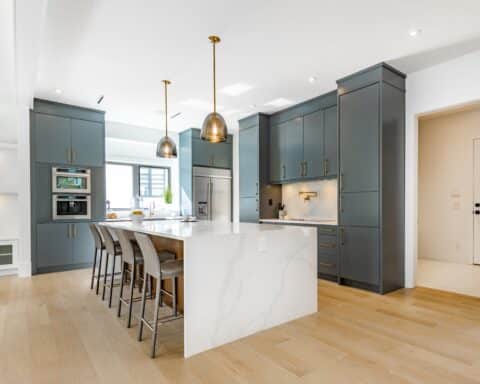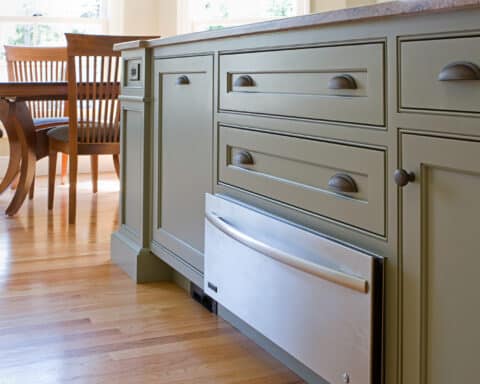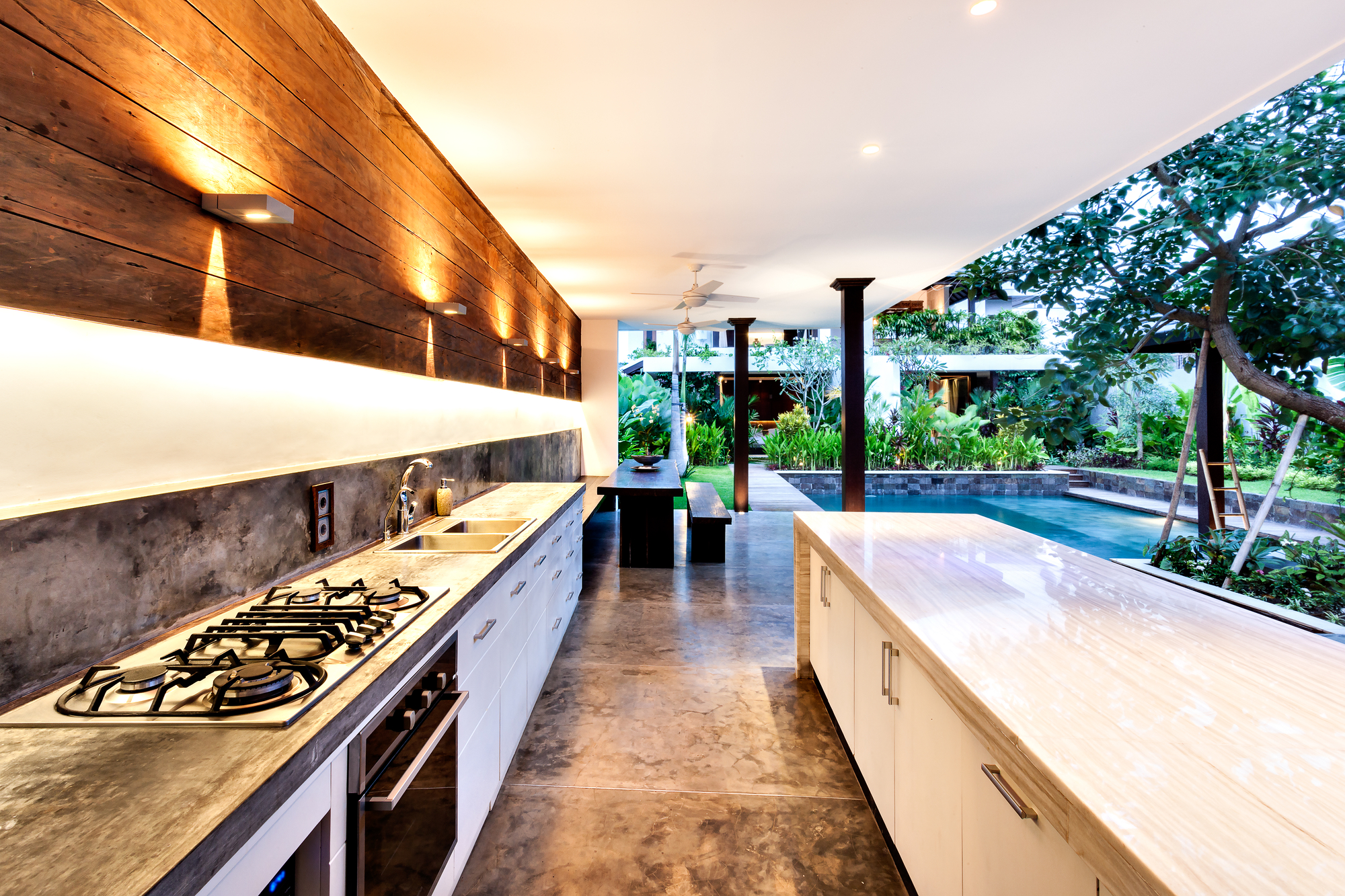
Choosing quality door hardware is essential for security, aesthetics, and home value. Opting for quality over other alternatives proves cost-effective, with less maintenance and replacement over time. Further, quality hardware has environmental and economic benefits over disposable, low-cost options. This comprehensive look at door hardware will deepen your understanding of why quality matters across all dimensions.
Essential Aspects of Quality Door Hardware
Choosing high-quality door hardware is an important decision that impacts functionality, security, aesthetics, and home value. The material, manufacturing process, and design details all contribute to durable, reliable door hardware that will stand the test of time. Let’s explore some of the key factors to evaluate when selecting door knobs, levers, hinges, locks, and other essential hardware for interior and exterior doors.
The Role of Material in Door Hardware

The material used to construct door hardware plays a major role in its quality, longevity, and performance. Solid brass is renowned for its beauty, durability, and resistance to tarnishing and corrosion. Stainless steel offers comparable strength and longevity for a more affordable price point. Iron and steel can be susceptible to rusting but provide security when used in locks and hinges.
Many hardware sets combine different materials, such as a brass or stainless exterior with an iron base for stability. The thickness and construction of the material also impact durability.
Evaluating the Quality of Door Hardware
When assessing door hardware quality, look for solid construction with no plastic parts, smooth operation of knobs and levers with no wobbling, clean finishing with no visible seams from the casting process, and fasteners that seat securely without stripping. High-end door hardware should feel substantial and operate almost silently. Keys should glide in and out of locks without sticking and provide years of service through extensive use. Hinges should be strong enough to bear the weight of a door without sagging.
Impact of Quality Door Hardware on Home Security
Enhancing Lock Functionality and Security
One of the primary functions of door hardware is keeping your home secure. High-quality locks prevent unwanted entry by those lacking the proper key or access code. Options like deadbolts, keyed entry knobs, electronic keypads, and smart locks allow flexibility in access control. Upgrading to bump-resistant locks, reinforced strike plates, security hinges, and added lock points can further boost safety. Smart home systems can integrate locks with cameras, motion sensors, and alarms for whole-home security.
Use of Door Hardware in Smart Homes
Door hardware is evolving to meet the needs of smart home technology and remote access control. Smart locks allow owners to lock and unlock doors remotely via smartphone, generate virtual guest keys for limited access, and integrate with voice assistants. Smart locks provide notifications when doors are opened and track entry patterns. They can auto-lock after a set time and sense potential security breaches. Integrating smart locks, video doorbells and security cameras creates a comprehensive system to monitor home access.
Limiting Potential for Forced Entry
Even quality standard locks may not withstand determined intruders. Upgrading security around points of entry improves safety. Install solid core or steel doors and reinforced frames. Use long screws in strike plates secured to wall studs. Add four-screw hinges, wide-angle peepholes, security screens/storm doors, and motion sensor lights. Layered security measures make forced entry far more difficult. Consult with locksmiths and home security professionals for an optimal plan.
The Influence of Door Hardware on Aesthetics and Property Value
The Connection Between Door Hardware and Home Aesthetics
Door hardware greatly impacts a home’s interior and exterior style through diverse finishes like oil-rubbed bronze, satin nickel, and bright chrome, which convey different aesthetics. Hardware should coordinate with fixtures to elevate the look and show quality attention to detail. Stylistic hardware includes crystal knobs, decorative backplates, and sculpturesque levers. Learn more about enhancing aesthetics with decorative hardware here.
Enhance Property Value with High-Quality Door Hardware
Replacing outdated or builder-grade door hardware with high-end finishes transforms the look and feel of a home, raising property value. Bold hardware choices like black finishes and oversized pulls create a dramatic impact. Vintage reproduction hardware introduces classic charm. Consistent finishes used for both interior and exterior hardware provide cohesion. Smart locks offer features home buyers desire. Quality hardware signals that care went into the home’s construction and style, increasing resale potential.
The Lifespan and Durability of Quality Door Hardware
When selecting door hardware for your home, it is important to consider the lifespan and durability of the products you choose.
Durability: A Characteristic of Quality Door Hardware

Table of Contents
Selecting the perfect cabinetry to meet your client’s needs can be challenging with the endless options available. As a builder, you want
Read More →Are you thinking of upgrading your kitchen and wondering where to start? Have you considered adding a warming drawer to enhance both
Read More →Shopping for a new freezer can be a daunting task. With a range of different types, features, and brands to choose from,
Read More →In the world of construction, appliances need to meet specific requirements that revolve around functionality, durability, and cost-effectiveness. This guide is dedicated
Read More →Quality door hardware uses durable materials like brass, stainless steel, and forged steel with sturdy finishes that resist tarnishing and rust. Premium components have tight tolerances and reinforced mounting plates for a precise fit that doesn’t sag. Sturdy mounting hardware anchored into solid blocking enhances durability.
In contrast, low-quality hardware uses inferior alloys and thin platings, making it prone to malfunctioning or breaking with regular use. Durable hardware saves the expense of continually replacing failing components.
Maintenance Requirements for Door Hardware
Quality materials and finishes protect hardware, but regular maintenance keeps it working and looking its best. Every 6 months, lubricate moving parts with powdered graphite, tighten loose screws, and check connections. Regularly wipe down hardware to prevent the buildup of dirt, grime, salt, and corrosion. Reseal faded or oxidized finishes. Periodically polish finishes to maintain luster. Follow manufacturer recommendations for optimal hardware condition.
Cost Benefit Analysis: Quality vs. Cheap Door Hardware
While quality hardware has a higher initial price, those upfront costs pay off long-term. Cheap hardware made with inferior materials breaks down quickly and needs frequent replacing. The costs of these repeated replacements end up higher than a one-time investment in quality hardware.
Low-quality hardware also has hidden costs beyond the price tag. High failure rates disrupt everyday use. Sagging doors that won’t latch properly creates security risks. Replacing damaged parts is time-consuming and inconvenient.
High Performance Home’s Insider Insights Can Help
Get an inside look at the newest home design trends by reading High Performance Home’s blog posts full of expert insights. Learn more about our goal to unite home industry professionals in order to foster innovation and progress.
Want to learn more about other types of hardware? Explore a deep dive into our guide on hardware and read about must-have cabinet hardware essentials. For inspiration, take a look at our kitchen page, gathering room page, and bathroom page for insider insights.




